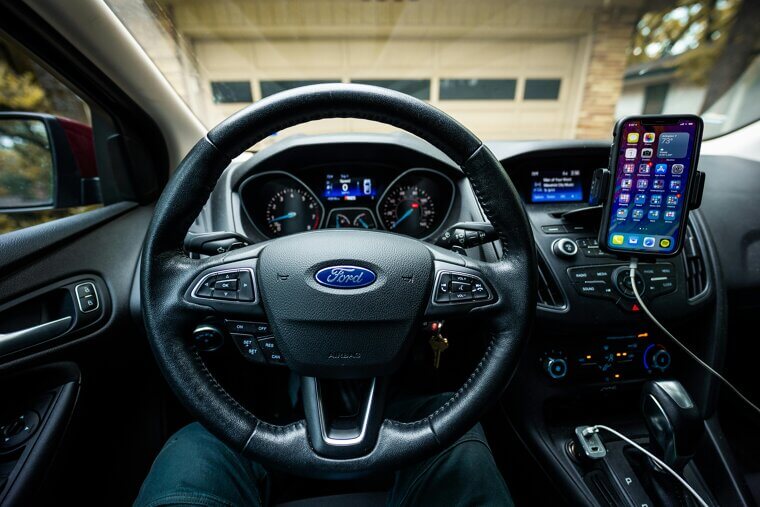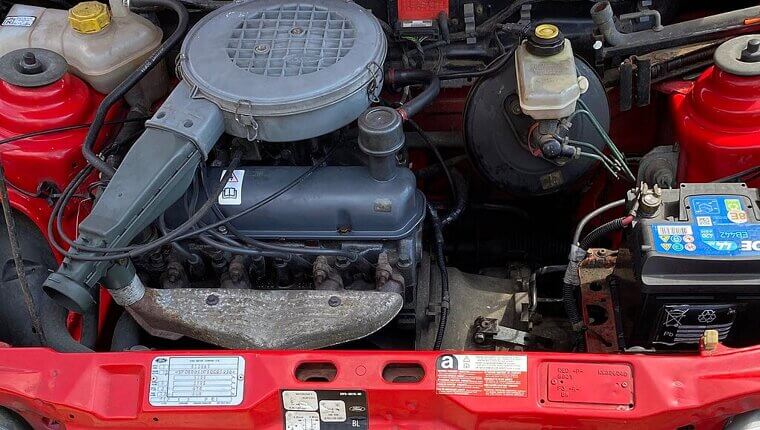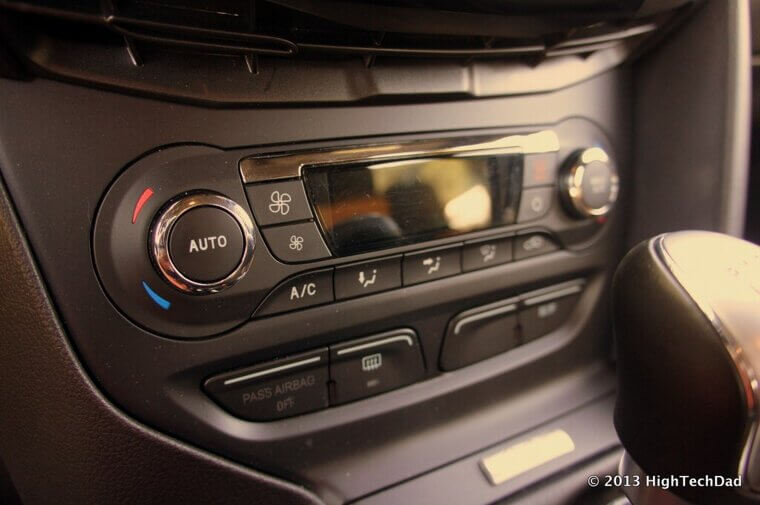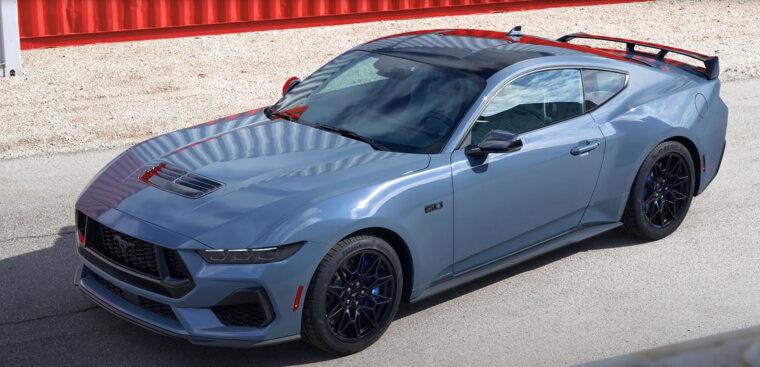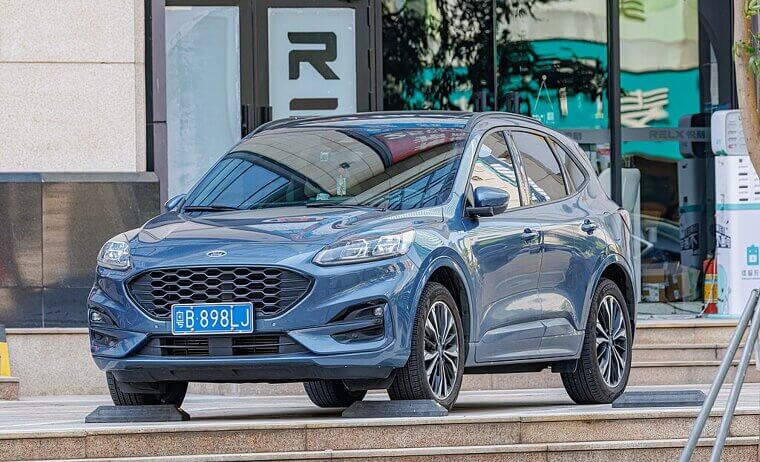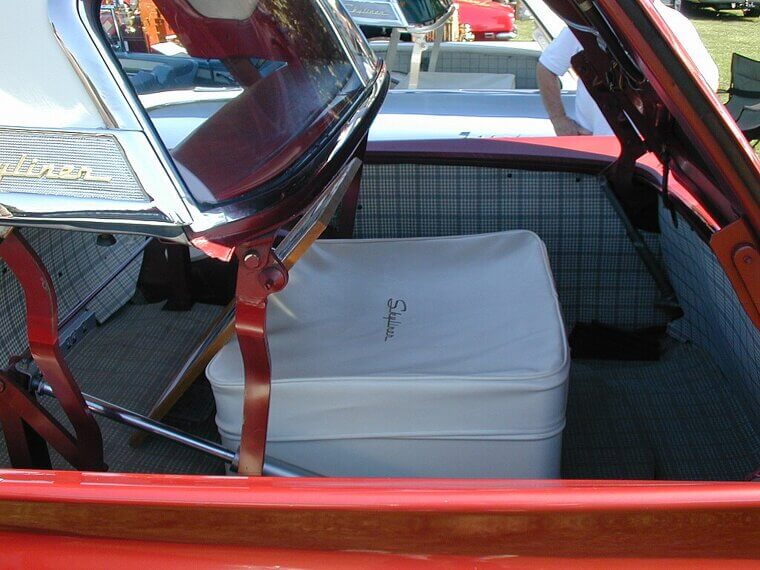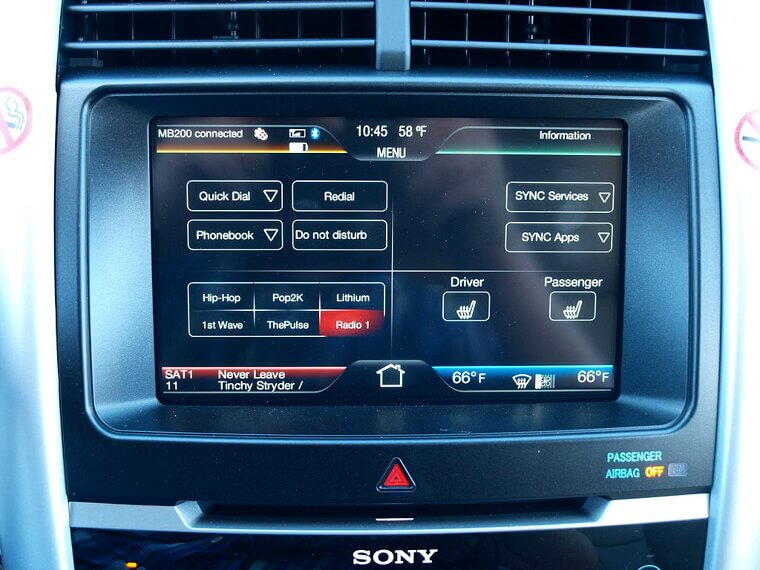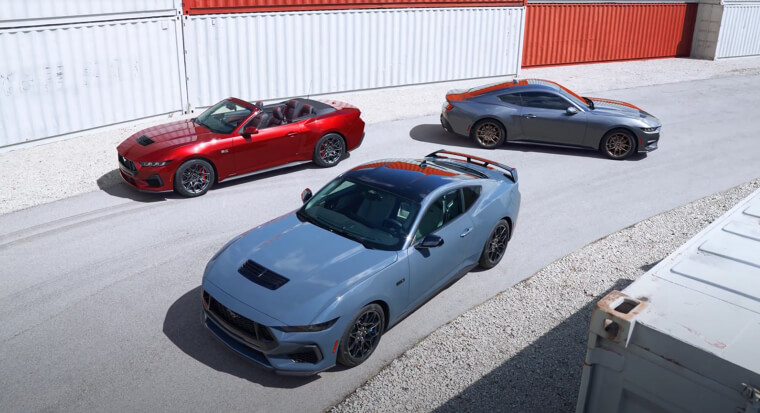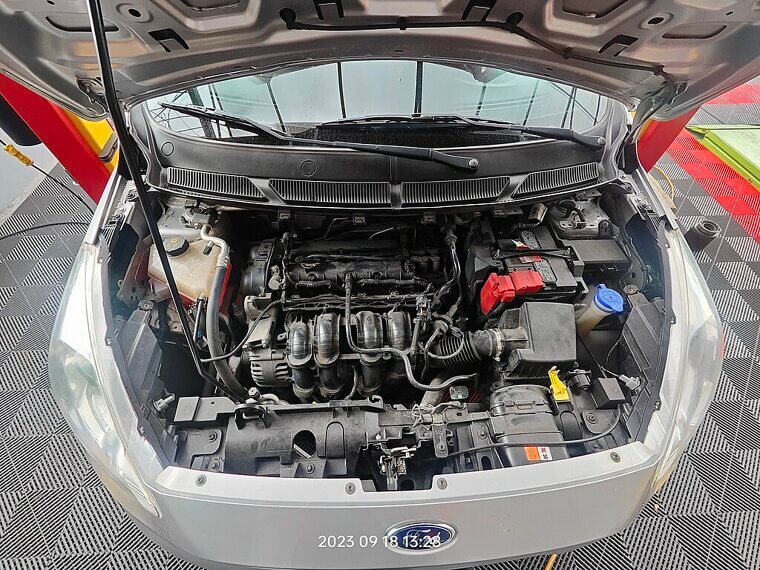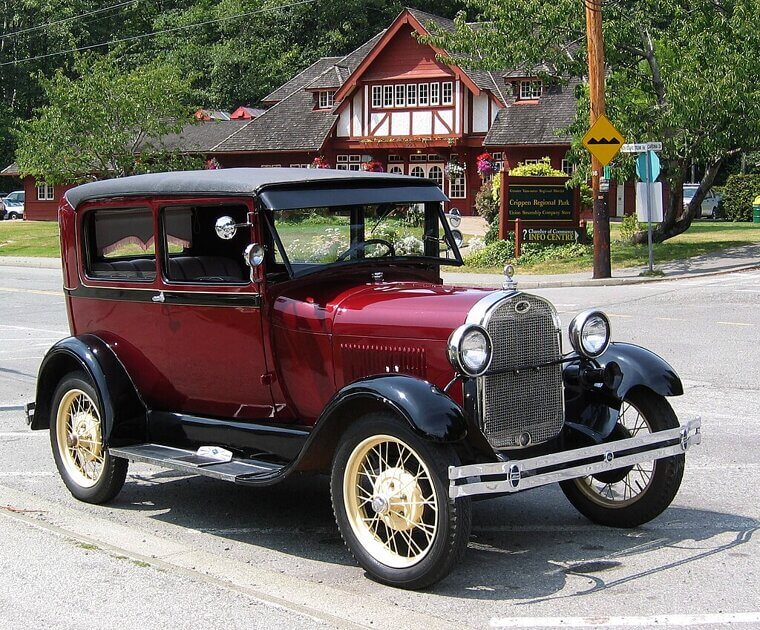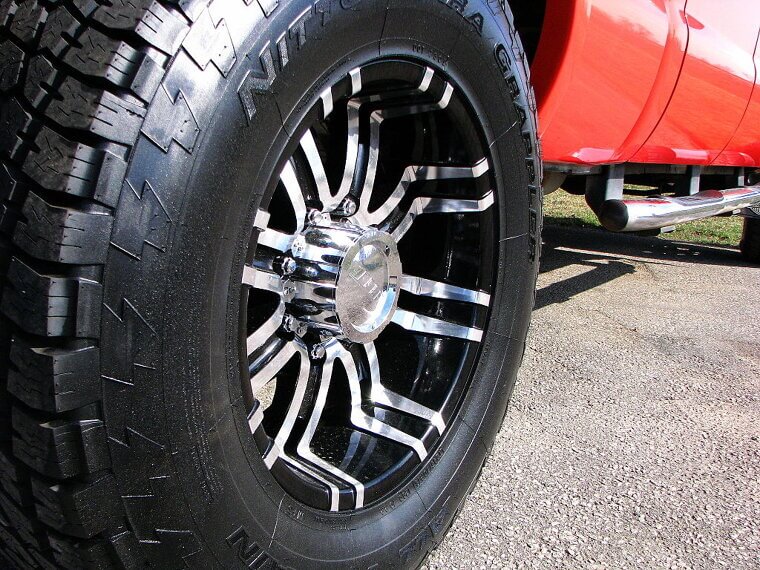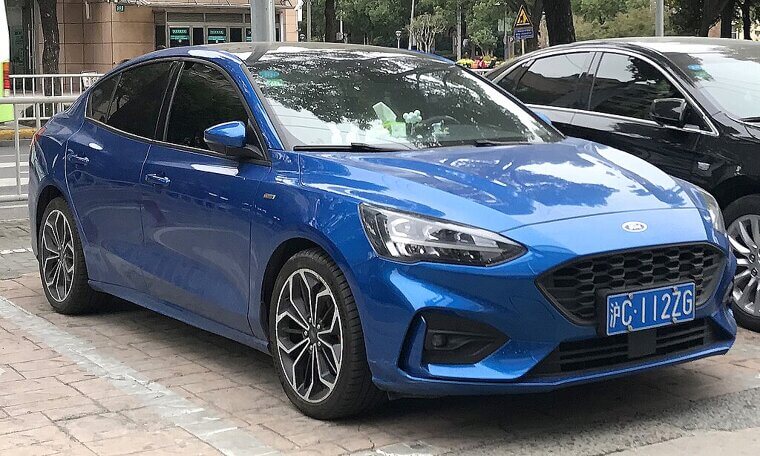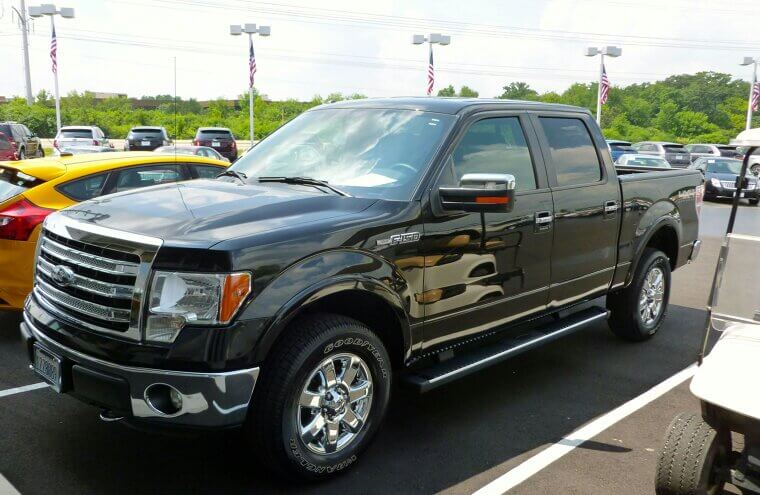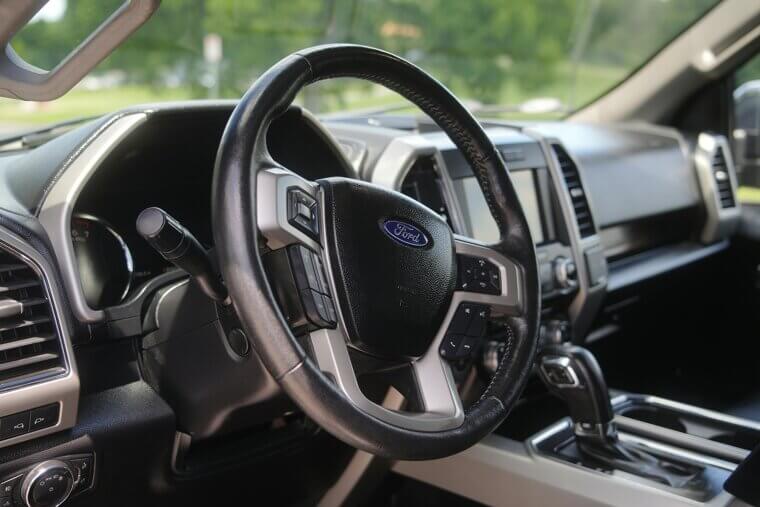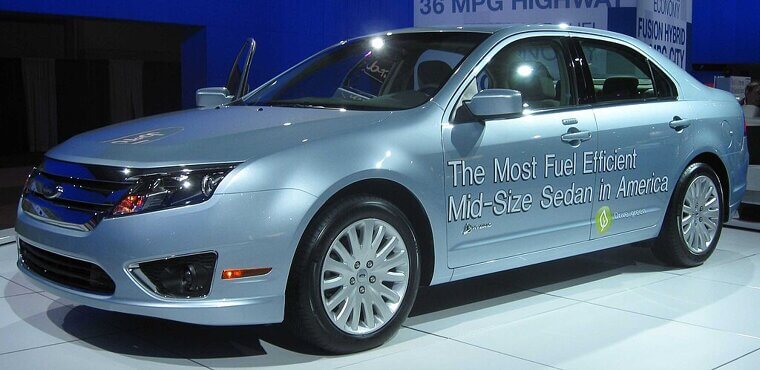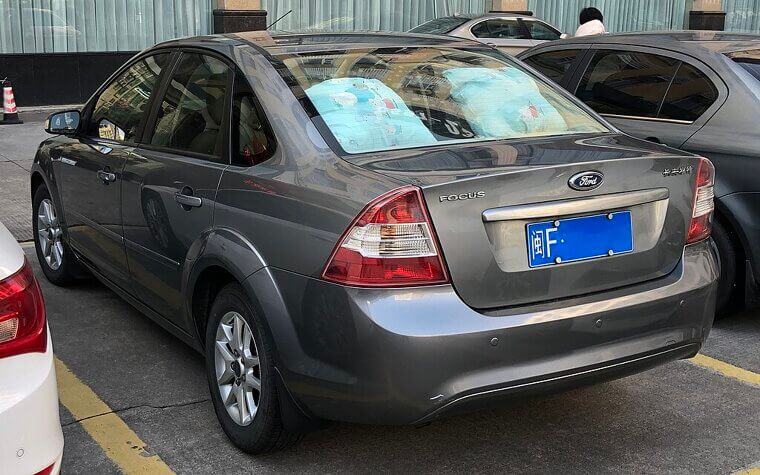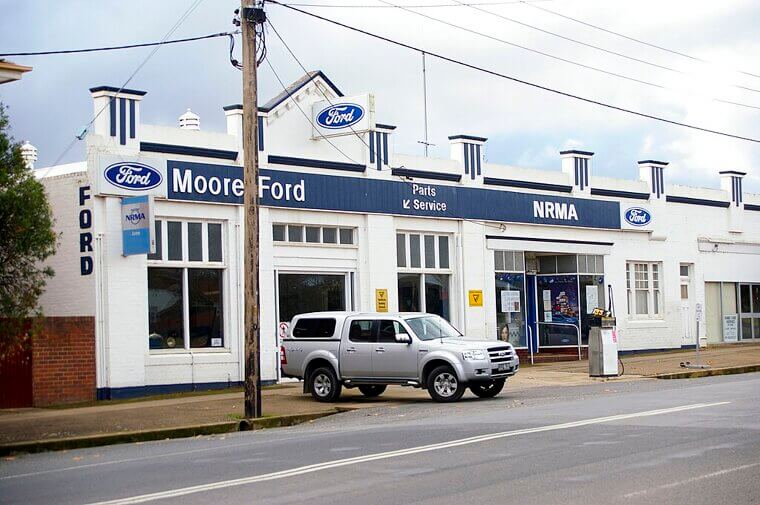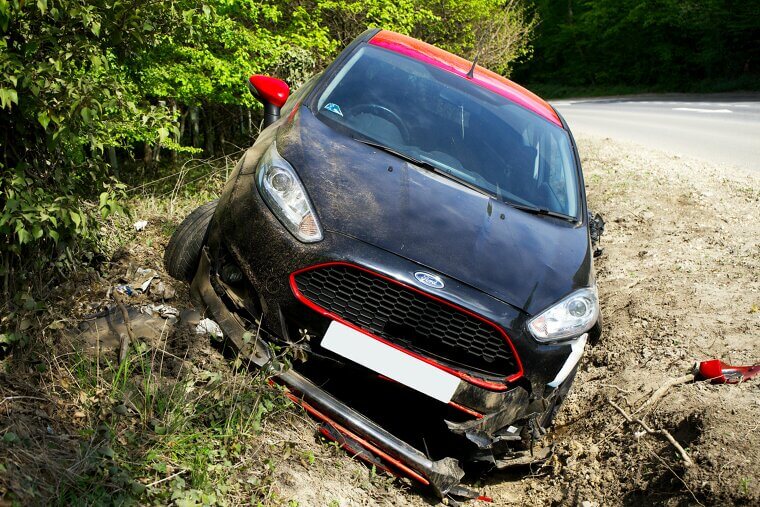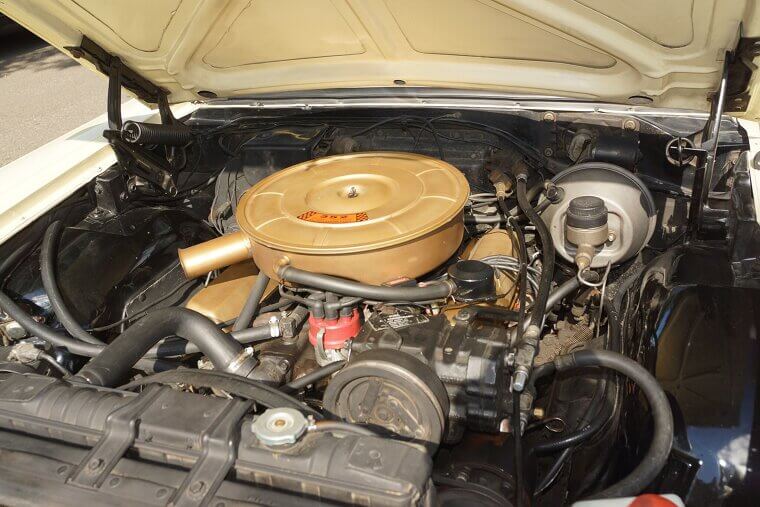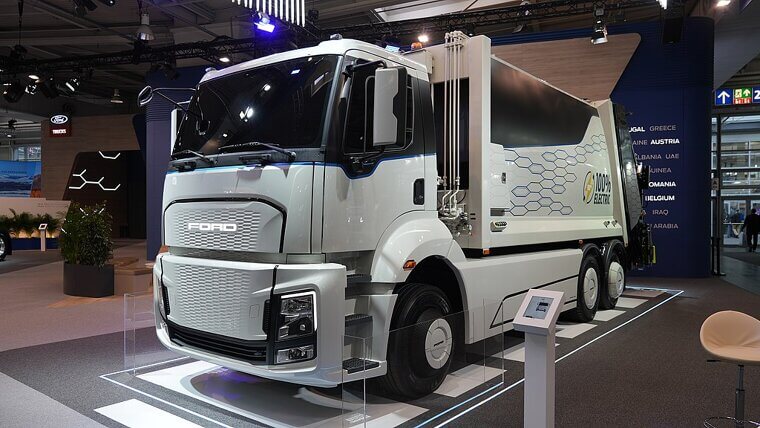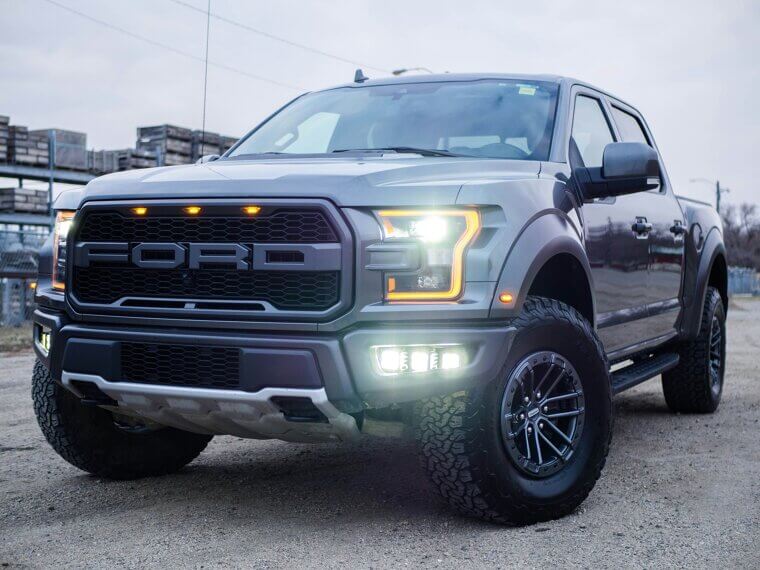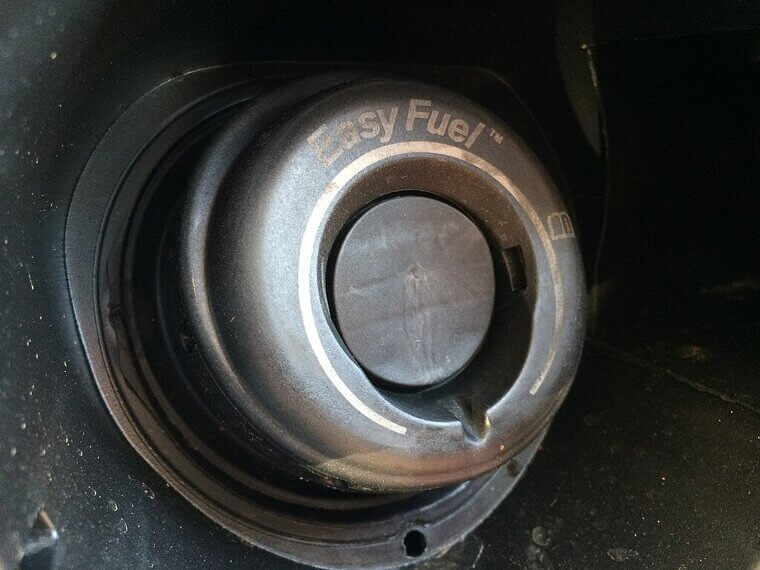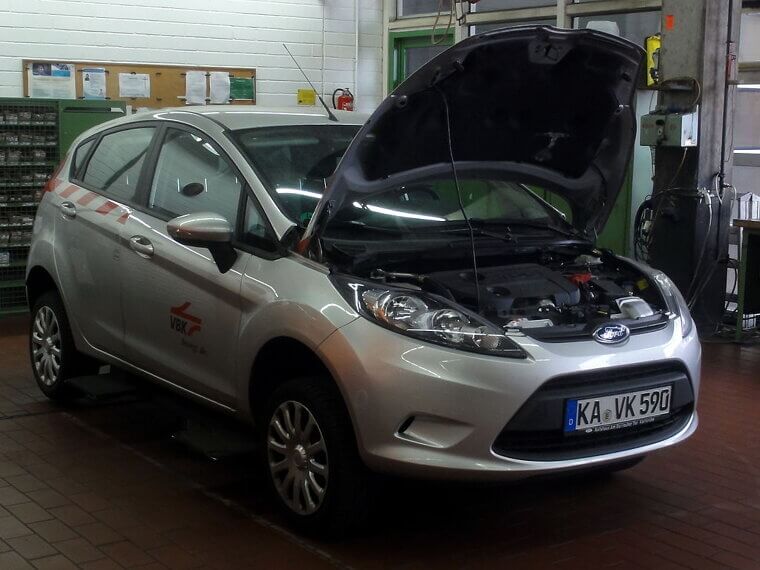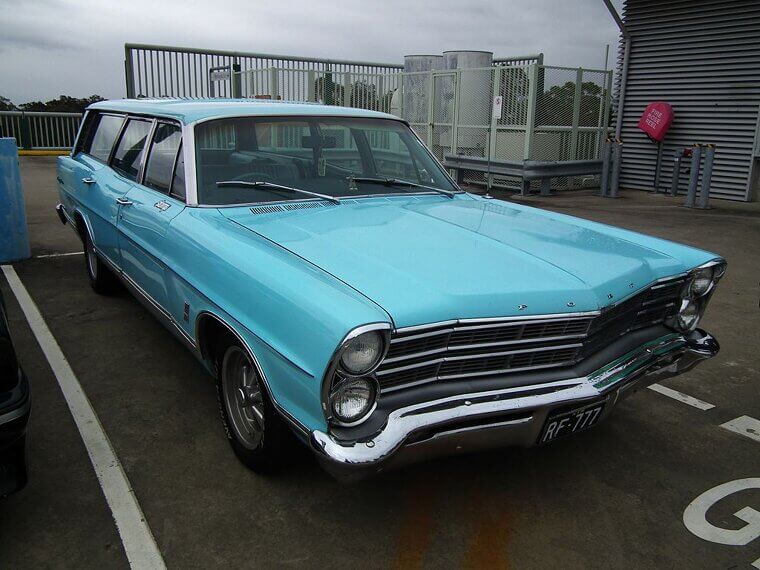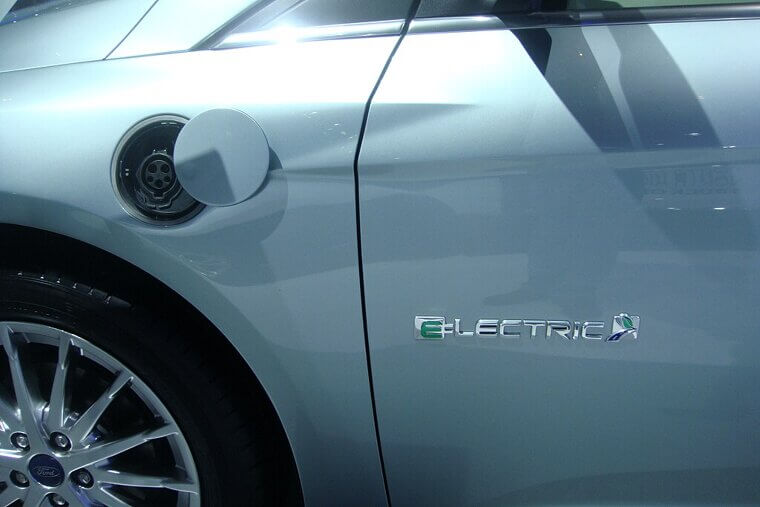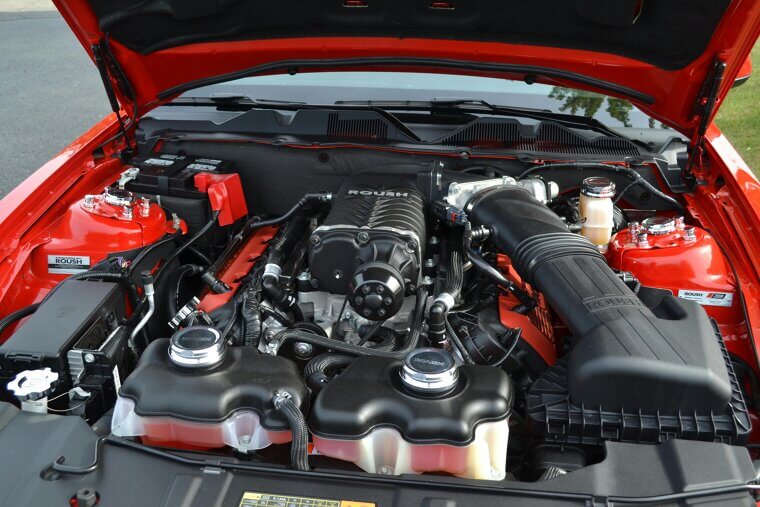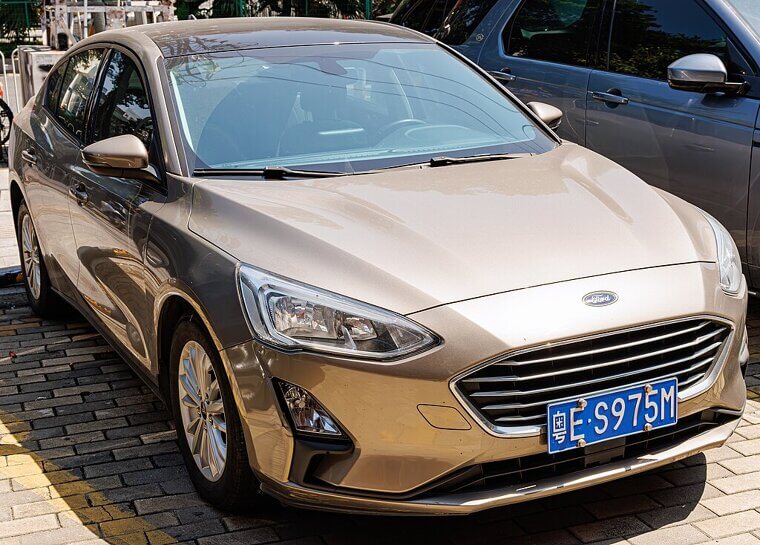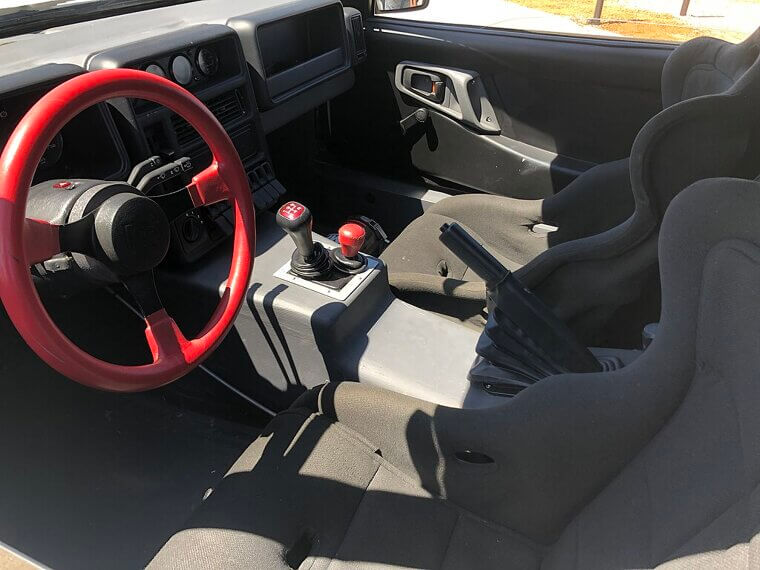Why a Ford Might Not Be the Right Choice for You
While Ford has produced some beloved models over the years, not every aspect of the brand inspires confidence. From tech frustrations to questionable design choices, there are plenty of reasons buyers might hesitate before signing on the dotted line. Here are the reasons that could make you think twice before investing in brand loyalty.
Inferior Infotainment Systems
Many Ford infotainment systems lag behind competitors when it comes to their response times and user-friendly experiences. Touchscreen delays, awkward menu layouts, and inconsistent voice recognition can frustrate drivers. Tech-savvy buyers are used to smoother systems, while Ford’s offerings often feel dated or clunky, making even simple actions needlessly complicated.
Underpowered Smaller Vehicle Engines
Some of Ford’s smaller cars and SUVs suffer from engines that simply don’t deliver the performance buyers expect. Acceleration can feel sluggish, especially when merging onto highways or carrying a full load. While fuel efficiency might improve slightly, the trade-off often leaves drivers wishing for more punch where it really counts.
Poor Visibility
Designs emphasizing style over practicality have left some Ford models with thick roof pillars, small rear windows, and awkward sightlines. This reduced visibility can make parking, lane changes, and reversing more difficult (and potentially unsafe) without relying heavily on driver-assist cameras or sensors. For some, it’s a dealbreaker.
Inefficient Climate Controls
Ford’s climate control systems in certain models have been criticized for being unintuitive or underpowered. Whether it’s struggling to cool the cabin on hot days or heat it evenly in winter, inconsistent performance can make long drives uncomfortable, while overly complicated control layouts also add unnecessary distraction while driving.
Lack of Driver Assistance in Basic Trims
Many automakers now include advanced safety and driver-assist features as standard; however, Ford often reserves them for higher trims or optional packages. The result? Basic trims feel outdated in comparison, lacking adaptive cruise control, lane-keeping assistance, or blind-spot monitoring, and leaving budget-conscious buyers with fewer safety tools out of the box.
Harsh Ride Quality
Some Ford models - especially trucks and SUVs - are tuned for capability over comfort. While they handle rugged terrain or heavy loads well, they can feel stiff and bouncy on regular roads. For commuters or families spending most of their time on paved streets, the constant jostling may grow tiresome.
Limited Cargo Space
Despite their size, some Ford models offer surprisingly small cargo areas due to sloping rooflines, high load floors, or bulky interior design elements. This makes fitting larger items difficult without folding seats - and even then, storage may fall short compared to rivals in the same category.
Rust and Corrosion
Reports of rust issues - especially in older Fords and harsh winter climates - still worry some buyers. It’s true that modern coatings have improved, but certain models and years have shown susceptibility to corrosion on wheel wells, undercarriages, and tailgates, potentially leading to costly repairs and shortened vehicle life.
Unreliable Sync Systems
Glitches, freezing screens, and slow performance have plagued Ford’s proprietary Sync infotainment software in older versions. Newer iterations have improved, yet the reputation lingers, and even small hiccups in connectivity or app integration can undermine driver trust (especially in vehicles marketed as tech-forward).
Limited Customization Options
Ford’s lineup often lacks the wide variety of trims, special editions, and bespoke features that some competitors offer. This can make it harder for buyers to find a model that perfectly suits their style or needs without jumping to more expensive trims, limiting personalization for those on a budget.
Overreliance on EcoBoost Engines
Ford’s heavy push for EcoBoost turbocharged engines has received a mixed reception. The technology promises better fuel economy and performance, but some owners have reported long-term reliability issues, expensive repairs, and underwhelming real-world mileage. For drivers preferring tried-and-true naturally aspirated engines, the reliance on new engines feels frustrating.
Lack of Innovation
Ford has made strides in certain areas, yet critics argue the brand often lags behind competitors when it comes to groundbreaking tech and design. Innovations like advanced driver-assistance systems, fully electric platforms, or revolutionary interior concepts tend to debut elsewhere first, leaving Ford playing catch-up instead of leading the charge.
High Ownership Cost
Beyond the sticker price, Ford vehicles can bring surprise costs in insurance, fuel, and maintenance. Premium parts, brand-specific servicing, and less-than-stellar fuel efficiency in certain models adds up. Over time, total cost of ownership doesn’t give as much bang for your buck as that of rival brands.
Limited Off-Road Capabilities
Ford is known for tough trucks and SUVs. However, not all models live up to the rugged image! Many are tuned for on-road comfort or styling rather than serious trail use. Without specialized packages, these vehicles can fall short in ground clearance, suspension travel, or drivetrain durability when off the beaten path.
Potential Build Quality Issues
Drivers have reported inconsistent fit and finish, misaligned panels, and rattling interior trim in certain Ford models, and while not universal, these quality control lapses can hurt the brand’s image and lead to warranty claims - or worse, costly repairs once coverage expires.
Transmission Problems in Specific Models
Some Ford transmissions (notably in the Focus and Fiesta) are plagued with shifting issues, jerking, and premature wear. Recalls and extended warranties have addressed some cases, but lingering concerns make buyers cautious, especially in used markets where repair history can be unclear.
Less Competitive Warranties
Ford’s standard warranty coverage frequently trails behind rivals offering longer terms or more comprehensive protection. For buyers prioritizing peace of mind, brands with five-year bumper-to-bumper warranties or extended powertrain coverage can feel like a safer investment - especially if they’ve heard of Ford’s past reliability concerns.
Noise and Vibration Issues
Excessive road noise, wind intrusion, or noticeable vibrations can mar the driving experience in certain Ford models. While luxury brands strive for whisper-quiet cabins, some Fords struggle to dampen sound at highway speeds, leaving drivers and passengers fatigued on long trips.
Limited Hybrid Options
Ford has made strides in electrification, but its hybrid lineup remains narrow compared to competitors. Limited availability across vehicle types means eco-conscious buyers may have to compromise on size and style - or alternatively, turn to other brands with broader hybrid offerings.
Dated Designs (in Some Models)
While some Ford vehicles boast fresh, modern styling, others cling to aging designs with minimal updates. Outdated interiors, older tech, and recycled exterior aesthetics can make certain models feel behind the times, especially when competitors are debuting bolder, more innovative refreshes every few years.
Limited Dealership Network in Some Areas
While Ford has a strong presence in many regions, rural or remote buyers may struggle with limited dealership access. This can mean longer drives for service, fewer inventory options, and reduced bargaining power - all of which can make ownership less convenient compared to brands with denser dealer networks.
Higher Insurance Rates
Certain Ford models carry above-average insurance premiums due to repair costs, theft rates, or safety ratings. For budget-conscious drivers, these higher rates can make an otherwise affordable vehicle harder to justify, particularly when competing brands offer similar performance with lower long-term coverage costs.
Longer Parts Wait Times
Owners have reported delays in receiving replacement parts, especially for less common models or those with specialized components. Supply chain hiccups and model-specific parts can extend repair times, leaving vehicles sidelined for weeks and frustrating drivers who rely on their cars daily.
Unsatisfying Handling in Larger Models
Ford’s bigger SUVs and trucks can sometimes feel cumbersome and less nimble compared to rivals. Heavier steering, pronounced body roll, and less responsive braking make them less appealing to drivers who want agility alongside size and capability.
Few Luxury Options
While Ford’s higher trims offer some premium touches, they often fall short of the refinement and advanced features found in true luxury competitors. Buyers seeking top-tier comfort, cutting-edge tech, and upscale materials may feel underwhelmed, especially when rival brands deliver more opulent cabins and sophisticated driving experiences at competitive price points.
Recalls A-Plenty
Ford has faced multiple large-scale recalls in recent years, covering everything from safety systems to mechanical failures. While recalls show accountability, frequent or high-profile ones can dent consumer confidence and leave owners concerned about lingering quality control issues.
Lackluster Fuel Efficiency
Despite Ford’s strides with EcoBoost technology and hybrid offerings, several models (particularly larger SUVs and trucks) still lag behind competitors in fuel economy. High fuel consumption not only increases running costs, but also feels out of step in a market where efficiency is a growing priority for buyers conscious of both budgets and emissions.
Costly Repairs
When problems arise, Ford repairs can prove expensive, particularly for newer models with advanced electronics or specialized parts. Limited aftermarket options and brand-specific technology mean owners may have to rely on dealership pricing - which is often higher than independent shops.
Discontinued Sedans and Compacts
Ford’s decision to phase out most sedans and small cars in favor of SUVs and trucks has left buyers with fewer options. Those wanting an affordable, fuel-efficient commuter may have to look elsewhere, as the brand’s lineup now skews heavily toward larger, pricier models.
Limited Electric Cars
Despite industry momentum toward EVs, Ford’s electric lineup remains relatively small compared to rivals with rapidly expanding offerings. It only offers a few all-electric models available, and with some gaps in price and body style options, buyers seeking variety in the zero-emissions segment may find Ford’s choices restrictive, especially as other brands diversify their electric lineup.
Consumer Service Issues
Some Ford owners have reported frustration with customer service experiences, citing long response times, unhelpful resolutions, or difficulty obtaining warranty coverage. When problems arise, poor after-sales support can sour the ownership experience and leave buyers feeling undervalued - especially when other automakers have stronger reputations for attentive, proactive service.
Questionable Long-Term Durability
Many Fords perform well in their early years. Unfortunately, certain models have shown accelerated wear and more frequent mechanical issues as mileage climbs. Factors such as cheaper materials, complex electronics, and heavy-duty use can contribute to longevity concerns, especially for buyers expecting decade-plus dependability.
Safety Concerns
Although many Fords score well in crash tests, recurring issues like airbag recalls, structural weaknesses in certain models, and inconsistent advanced safety features in base trims can raise concerns. Buyers prioritizing safety may find better peace of mind in brands with consistently high ratings across their entire lineup.
Poor Resale Value
Compared to some rivals, Ford vehicles depreciate faster, particularly its sedan and compact SUV offerings. High supply, shifting market demand, and brand perception all play a role. This can mean a hit to the wallet for owners when it’s time to trade in or sell.
Uninspiring Driving Dynamics
While some Ford performance models deliver thrills, many everyday models prioritize comfort over excitement. Less responsive steering, muted feedback, and a focus on practicality can make the driving experience feel bland for those seeking a more engaging connection to the road.
Limited Technological Features
Although Ford offers tech in higher trims, base models can feel outdated compared to competitors. Missing modern conveniences like wireless smartphone integration, advanced driver aids, or larger touchscreens means entry-level buyers may feel shortchanged in a market where even budget cars come well-equipped.
Low Quality Interiors
Cost-cutting in certain models has led to cabins with hard plastics, inconsistent panel fit, and less-than-premium finishes. While durable, these interiors can feel cheap compared to competitors offering soft-touch materials and more refined craftsmanship at similar price points.
Complex Maintenance Requirements
Some newer Ford engines and drivetrains use advanced technology that requires specialized tools and knowledge to service. This can limit repair options to dealerships or certified shops, often raising maintenance costs and reducing convenience for owners who prefer DIY work or local mechanics.
Rapid Depreciation
Ford vehicles, especially sedans and fleet-heavy models, can lose value quickly in the first few years. High initial depreciation can make them appealing as used cars, but less attractive for new buyers expecting a better return should they sell.
Inconsistent Interior Materials
Even within the same model line, Ford’s interior quality can vary. Some trims feel upscale, while others use noticeably cheaper finishes. This inconsistency makes it harder for buyers to feel confident that they’re getting good value, particularly when paying for mid-level trims.


